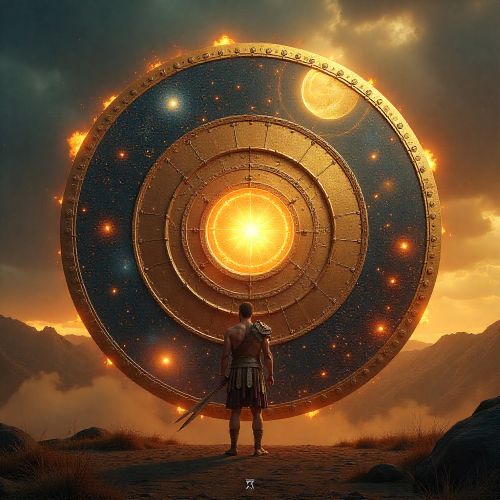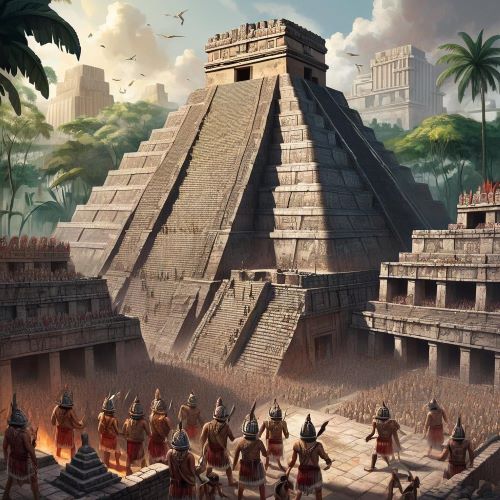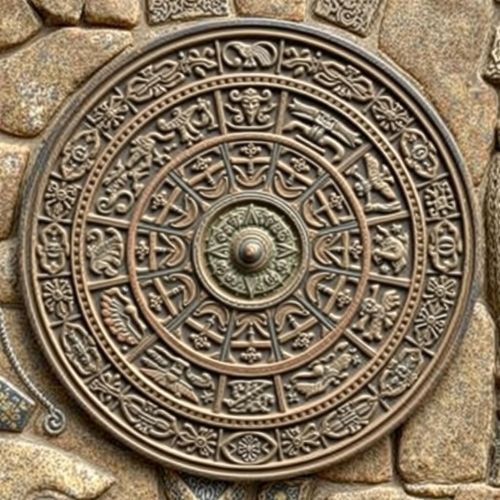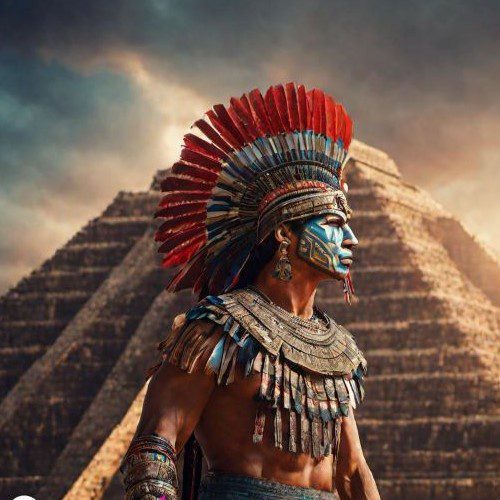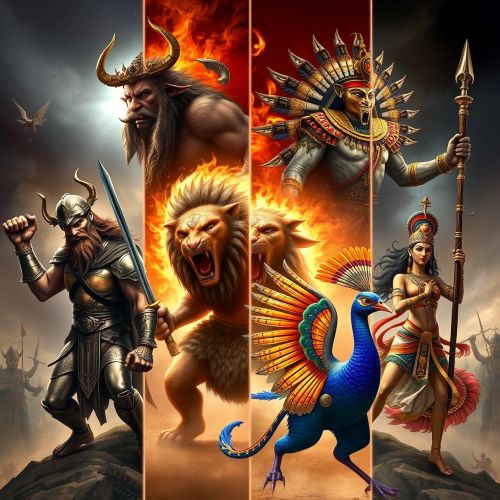Aztec Human Sacrifice and Mythology: What Fueled the Rituals?
In the heart of ancient Mesoamerica, the Aztec civilization flourished with rich traditions, architectural marvels, and an intricate belief system rooted in mythology. Among the many elements that defined Aztec culture, few have captivated and shocked the modern imagination more than Aztec human sacrifice. To understand why the Aztecs practiced such extreme rituals, we must delve into the cosmology and mythology that shaped their worldview.
The Mythological Foundation of Sacrifice
At the core of Aztec human sacrifice was the belief that the universe was sustained through the nourishment of the gods. According to Aztec mythology, the gods themselves had made the ultimate sacrifice to create the world. The most notable example of this is found in the myth of the Five Suns—a cyclical narrative explaining the creation and destruction of previous worlds. The current world, the fifth sun, was born through the self-sacrifice of the god Nanahuatzin, who leapt into a fire to become the sun, providing light and life to the world.
This foundational story established a divine precedent: if gods could sacrifice themselves for humanity, then humans must return the favor to maintain cosmic balance. Thus, Aztec human sacrifice was not seen as brutality, but as a sacred duty to ensure the continuation of the world.
Feeding the Gods
The Aztecs believed that the gods required nourishment to maintain their strength and influence. While offerings of food, flowers, and incense were common, the most potent form of nourishment was human blood and hearts. The gods were not distant deities but active participants in the world who demanded energy in return for their blessings.
One of the most prominent deities associated with human sacrifice was Huitzilopochtli, the god of the sun and war. He was in constant battle with the forces of darkness, and the Aztecs believed that regular sacrifices of warriors’ hearts provided him with the strength to rise each day and defeat his enemies. If the sun god was not fed, the world would be plunged into eternal darkness.
Warfare and the Flower Wars
Human sacrifice was closely tied to the Aztec military system. Capturing prisoners for sacrifice was a primary objective during military campaigns. This led to the practice of “Flower Wars”—ritualistic battles staged specifically to capture enemies alive for sacrifice rather than to conquer territory.
The warrior elite gained prestige and ascended the social hierarchy by capturing rather than killing opponents. This reinforced the religious, military, and social importance of Aztec human sacrifice, creating a society where war and religion were deeply intertwined.
Rituals and Ceremonies
Aztec human sacrifices were highly ritualized and often took place atop pyramidal temples, such as the Templo Mayor in Tenochtitlan. The victim, often a captured enemy warrior, was laid on a sacrificial stone where the priest would cut open the chest and offer the still-beating heart to the gods. The body might then be rolled down the steps of the temple, dismembered, or used in ceremonial feasts.
Different gods required different types of sacrifices. For instance, Tlaloc, the god of rain, was believed to prefer the tears of children, leading to the tragic practice of sacrificing young boys and girls. These sacrifices were often timed with seasonal agricultural festivals, reinforcing the belief that blood offerings would bring rain and fertility.
Cosmological Fear and Divine Debt
One of the driving motivations behind Aztec human sacrifice was the fear of cosmic collapse. The Aztecs believed that the world was fragile and temporary, destined to end like the previous four suns unless the gods were appeased.
This belief created a constant sense of divine debt. Every Aztec citizen, from the emperor to the common farmer, was born into an obligation to repay the gods for their continued existence. Sacrifice, therefore, became a religious and civic duty. Failing to perform the correct rituals could bring disaster to the community.
Misconceptions and Modern Interpretations
Modern audiences often view Aztec human sacrifice through a lens of horror, sometimes sensationalized by colonial accounts that emphasized brutality to justify conquest. While the scale of sacrifice, especially during temple inaugurations or major festivals, could be staggering—sometimes involving thousands—it is crucial to understand these acts within their cultural and religious context.
Recent archaeological and anthropological research suggests that while sacrifice was real and significant, it was also symbolic and deeply spiritual. The Aztecs did not kill for cruelty but to fulfill what they believed was a sacred, existential responsibility.
Conclusion
Aztec human sacrifice was a complex ritual deeply embedded in the mythology and worldview of the Aztec people. Far from being mere acts of violence, these sacrifices were profound expressions of faith, reciprocity, and cosmic order. Through the shedding of blood, the Aztecs believed they kept the sun in the sky, the rains falling, and the universe in motion.
Understanding the reasons behind Aztec human sacrifice allows us to see beyond the modern judgment of these acts and appreciate the depth of Aztec religious devotion and cosmological understanding. In the grand narrative of mythology, sacrifice often symbolizes renewal, and for the Aztecs, it was the very thread that wove together the divine and mortal worlds.
No posts were found.




